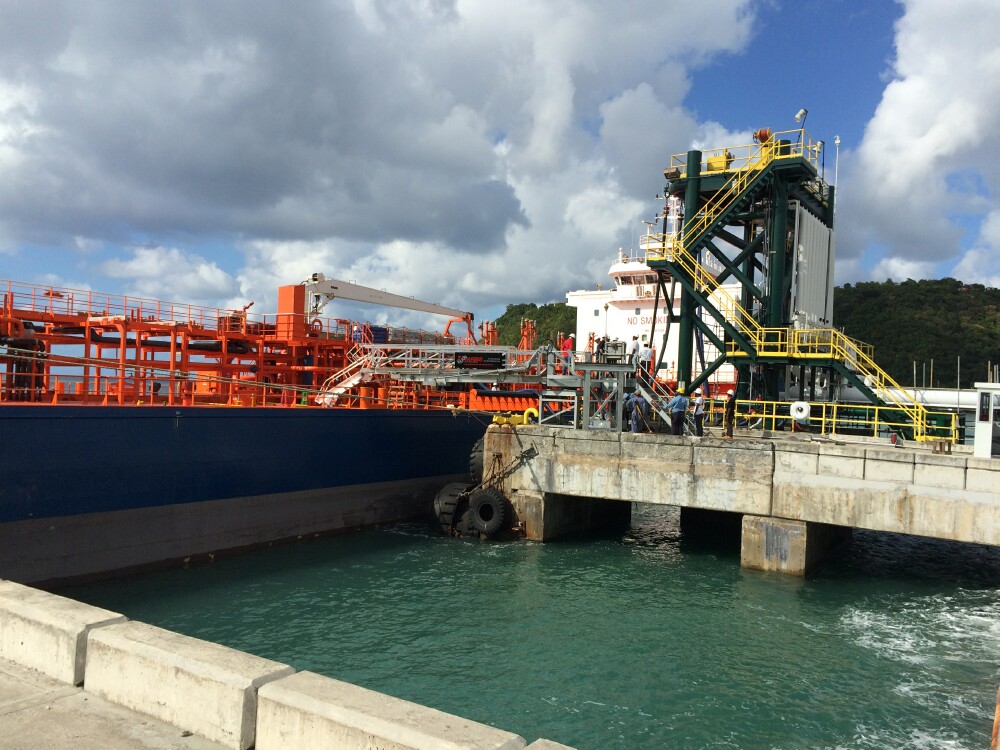 Taking a proactive approach to marine safety not only protects your workers from potentially serious accidents, but it also reduces risks for your company, protecting you from costly damages and penalties.
Taking a proactive approach to marine safety not only protects your workers from potentially serious accidents, but it also reduces risks for your company, protecting you from costly damages and penalties.
Here’s just one example of how a lack of appropriate safety equipment contributed to a tragic accident:
A group of four employees was unloading scrap steel from a barge, and needed to release the mooring lines and reposition the vessel to complete the task. One worker climbed up a concrete barricade on the floating dock and attempted to mount the barge. She was halfway across when the barge drifted away from the dock, creating a gap. Her coworkers tried to catch her, but she fell headfirst into the water.
The worker was wearing a personal flotation device when she fell into the water. But before she could be rescued, the barge drifted back against the dock, crushing and killing her.
According to the OSHA report, the employer was responsible for several factors that contributed to this fatality. These included:
Lack of safe access to the barge from the floating dock
Insufficient training for the victim in marine terminal operations
Absence of marine safety ladders
3 Tips For Safe Marine Access
From a business perspective, a good safety and health program is a sound investment, in that it helps to reduce insurance premiums, workers’ compensation and property damage. In fact, every dollar you invest in employee safety could save you $4-6, according to OSHA.
Here are three ways to protect your workers and your company:
- Install A Ramp Or Gangway To Prevent Unsafe Workarounds
When workers lack a safe way to access a vessel, they come up with workarounds, such as relying on rope ladders or jumping between the dock and the vessel. Instead, a ramp or marine gangway should be used whenever possible, or a straight barge ladder. According to OSHA, a Jacob’s ladder could be used, but only “as a last resort.”
- Design A Marine Safety Solution For Your Work Environment
The safety requirements for marine operations vary considerably, due to tidal changes and the differences between vessels. Open and covered hopper barges, for example, come in several sizes and configurations, as do integrated chemical and petroleum barges. Instead of a one-size-fits-all approach, your marine safety solution should be designed to provide the necessary flexibility for your specific operations and work environment.
- Don’t Overlook The Basics Of Marine Safety
It sounds obvious, but requiring workers to wear life vests is essential, as is maintaining a well-trimmed vessel. But many facilities fail to provide the necessary equipment or to enforce these common-sense safety measures, as indicated by OSHA case studies on marine fatalities.
Taking steps to establish a positive marine safety culture benefits individual employees and your company. Providing safe access is a smart investment in your business and helps reduce work-related injuries for employees, which improves productivity and morale.
Looking for more tips on how to protect your workers? Discover how to go beyond OSHA compliance and create a true safety culture at your facility.



